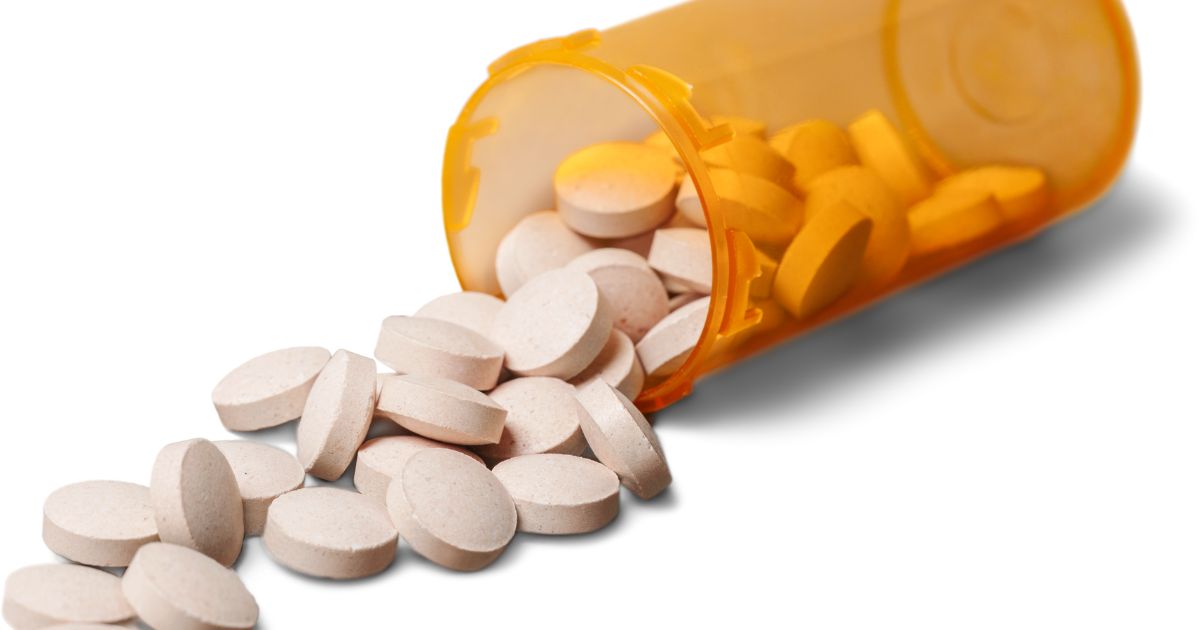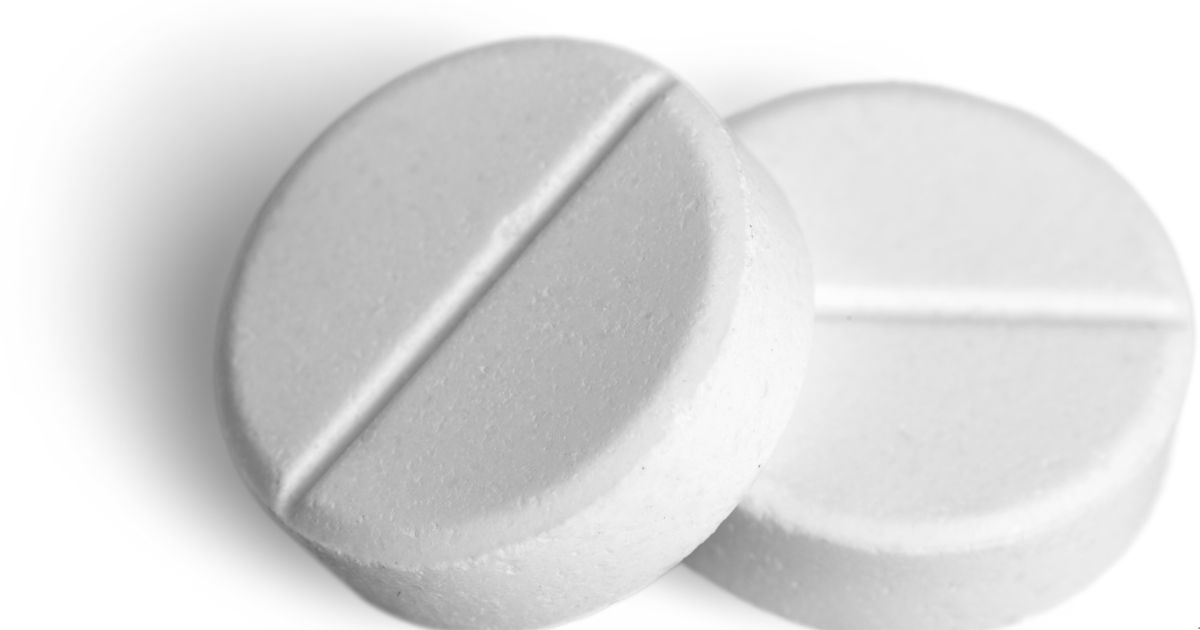What Is Suboxone?
Suboxone is a medication used to treat opioid use disorder. It’s a 4:1 formulation of buprenorphine and naloxone, both of which are opioid agonists. It’s intended to be a way to treat opioid abuse while avoiding the abuse potential buprenorphine brings.
It does this by incorporating naloxone (better known as Narcan). Aside from blocking the effects of opioids, naloxone is designed to prevent abuse and opioid addiction.
Here’s how it works:
- When injected, it rapidly reverses opioid overdoses, restoring normal breathing, as well as inducing withdrawal symptoms such as vomiting and diarrhea.
- However, when administered sublingually (dissolved under the tongue), withdrawal symptoms are not induced.
Because intravenous injections are a popular method of abusing prescription medications to get high, this means the naloxone component of suboxone incentivizes taking the medication as prescribed and discourages abuse.
Does Suboxone Work?
Suboxone is a highly effective treatment for opioid use disorder, helping to reduce illicit opioid usage and cravings while also promoting sobriety at a high rate. Suboxone has a high success rate. In one study on buprenorphine therapy, those on the medicine were 1.82 times more likely to complete treatment than those on placebo.
Since buprenorphine is a Schedule III drug and Suboxone has buprenorphine, it falls under the same category.
What Are the Side Effects of Suboxone?
Like all medications, Suboxone can cause side effects. Here are some of the potential side effects associated with Suboxone:
Common Side Effects:
- Headache
- Mild dizziness
- Numbness or tingling around the mouth
- Increased sweating
- Stomach pain, nausea, vomiting
- Constipation
- Swelling of the hands or feet
- Feeling drunk or feeling over-alert
Serious Side Effects:
- Respiratory depression (shallow breathing, difficulty breathing, or stopped breathing). This is a life-threatening condition and can occur if too much Suboxone is taken or if it’s combined with other substances that depress the central nervous system.
- Liver problems: Symptoms might include dark urine, stomach pain, jaundice (yellowing of the skin or eyes).
- Dizziness due to low blood pressure
- Allergic reactions including hives, difficulty breathing, or swelling on the lips, tongue, face, or throat.
- Addiction, abuse, and misuse.
- Opioid withdrawal symptoms: Shivering, goosebumps, increased sweating, runny nose, watery eyes, muscle pain, and diarrhea.
- Decreased cortisol levels: This can lead to weakness, nausea, vomiting, loss of appetite, dizziness, or tiredness.
- Adrenal insufficiency.
Suboxone can also interact with a variety of drugs, including benzodiazepines, other opioids, alcohol, and certain other drugs.
It’s essential to take Suboxone only as prescribed and under the supervision of a healthcare provider. If any unexpected side effects or severe reactions occur, you should seek medical attention immediately.
How Long Does Suboxone Block Opiates?
Depending on the dose and individual factors like metabolism, Suboxone can block the effects of other opioids for about 24 to 72 hours. This is why many patients can take Suboxone once daily and still prevent withdrawal symptoms and reduce cravings for other opioids.
Suboxone has a long half-life ranging from 24 to 42 hours, depending on individual factors. This means that after taking a dose of Suboxone, about half of the drug will still be in the body after 24 to 42 hours. Given this long half-life, it can take several days for the drug to be fully eliminated from the body.
Drug tests can detect Suboxone up to a week or more after the last dose, but this varies depending on factors like dose, frequency of use, metabolism, and the specific type of drug test used.
It’s crucial to understand that while Suboxone blocks opiate drugs, taking other opioids while on Suboxone can still lead to overdose, especially if someone tries to overcome the blockade by using large amounts. Always consult with a healthcare professional about the use and potential interactions of medications.
Finding a Suboxone Clinic for Opioid Treatment?
Prescribing suboxone is something only a professional physician can do. Here’s a step-by-step process for finding a licensed Suboxone clinic:
- Utilize Treatment Locators — The Substance Abuse and Mental Health Services Administration (SAMHSA) has a Buprenorphine Treatment Practitioner Locator where you can find physicians authorized to treat opioid dependency with buprenorphine. Visit the website and enter your location to find nearby treatment options. The National Alliance of Advocates for Buprenorphine Treatment also has a treatment locator.
- Check Your Insurance — If you have health insurance, reach out to your provider. They might have a list of approved clinics or physicians that specialize in opioid addiction treatment. Your insurance may cover all or part of the treatment.
- Speak with Your Primary Care Doctor — They can be a great resource in directing you to reputable Suboxone clinics or prescribing physicians. Some primary care physicians may even have the required waiver to prescribe Suboxone.
- Research Local Clinics — Look for reviews, ratings, and testimonials about clinics in your area. This can provide insight into the quality of care, the environment of the clinic, and the experience of previous patients.
- Visit Clinics in Person — If possible, visit a few different clinics. This can give you a sense of which one feels right for you. Check for the professionalism of the staff and ask about their approach to treatment.
- Ask Questions— Before starting treatment, ask about the clinic’s treatment plan, counseling services, drug testing policies, costs, and any other relevant information.
- Seek Support Groups — Alongside medical treatment, support groups can offer additional assistance and encouragement. Groups such as Narcotics Anonymous or SMART Recovery can be beneficial.
- Stay Committed — Remember that recovery is a journey. Stick with your treatment plan, attend scheduled appointments, and regularly communicate with your healthcare provider about any concerns or side effects.
- Aftercare — Post-treatment, consider aftercare programs or counseling to maintain sobriety and prevent relapse.
Get confidential help from our addiction treatment specialists in Orange County. Call to join our rehab program today!
Call 866-881-1184Suboxone Treatment at South Coast Behavioral Health
If you or a loved one are seeking addiction treatment, South Coast Behavioral Health is here to help. Many turn to suboxone to help in blocking the effects of opiates and ending opioid addiction.
The first step in treating an addiction is a medical detox. This means using drugs to manage withdrawal symptoms.
Our medical detox program in California is staffed by caring and compassionate professionals who can provide you with medications to manage your withdrawal symptoms.
At South Coast, we take pride in offering care that is closely tailored to specific issues. To that end, we offer gender-specific detox programs, with medical detox for men in Irvine, CA, and medical detox for women in Huntington Beach, CA.
After detoxing, proper treatment can begin.
Treatment for substance abuse takes place along an entire spectrum of care. Along that entire spectrum are various behavioral therapies, support groups, and the use of medically-assisted treatment (MAT).
These levels of treatment are, in order, as follows:
Residential Treatment in California
After successfully completing medical detox, you’ll move receive inpatient treatment in Orange County California. There, you’ll receive medically-assisted treatment and dual diagnosis treatment to deal with any cravings or co-occurring mental health issues you may be battling.
We also offer residential treatment facilities in Costa Mesa, Irvine, and Huntington Beach for those who desire gender-specific treatment. There, patients get round-the-clock medical attention and monitoring while living at the institution full-time.
In addition to individual and group counseling and medication management, you’ll also have access to leisure activities and family support services.
Partial Hospitalization in California
Most clients start substance abuse treatment with South Coast in our residential treatment program. After completing that, many desire something that still provides structure and support, but with extra space and time to oneself. For that, we offer Partial Hospitalization in Newport Beach. It is a form of outpatient rehab that helps with addiction.
A step down from inpatient care but with more structure than conventional outpatient programs, partial hospitalization offers a good balance for those looking to ease back into normal life. Clients can receive care five to seven days a week for a number of hours each day, returning back to their homes in the evening.
This way, they can recover without putting their daily lives completely on hold, receiving intense therapeutic interventions like group and individual therapy, skill development, and medication management as necessary.
Intensive Outpatient Treatment in California
For those leaving inpatient residential treatment or partial hospitalization, intensive outpatient programs (IOP) are yet another gradual step forward on the road to recovery.
With a focus on group therapy, individual counseling, and education, clients undergoing Intensive Outpatient Treatment in Newport Beach can meet three to five days a week. Each session lasts three hours.
This level of care requires the least amount of attendance at a facility.
Looking for quality substance abuse treatment that’s also affordable? South Coast accepts most major insurance providers. Get a free insurance benefits check now.
Check Your CoverageGet Started Today
Drug and alcohol rehab can help anyone. Suboxone treatment helps to block opiate drugs, but it should only be administered by a professional addiction treatment counselor. If you or a loved one are struggling with addiction but wonder how long addiction treatment takes or have other questions, call us at 866-881-1184. Our highly qualified staff will be happy to help give you an idea on what to expect from your addiction recovery timeline, help verify your insurance, and assist with any other questions you may have.
- Earliest evidence for human use of tobacco in the Pleistocene Americas | Nature Human Behaviour
- Harmful Chemicals in Tobacco Products | American Cancer Society
- What is the scope of tobacco, nicotine, and e-cigarette use in the United States? | NIDA
- Fast Facts and Fact Sheets | Smoking and Tobacco Use | CDC
- Tobacco | WHO
- Smoking Facts and Statistics | Tobacco Free Life
- Effects of Nicotine During Pregnancy: Human and Experimental Evidence | PMC
- Bupropion for the treatment of nicotine withdrawal and craving | PubMed
- Varenicline | StatPearls | NCBI Bookshelf
- E-cigarette, or Vaping Product, Use Associated Lung Injury (EVALI) | Fact Sheets | Yale Medicine










